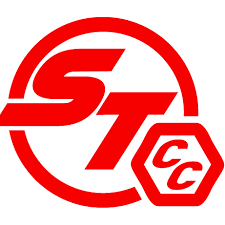Imagine a brake rotor that could last the vehicle’s life, improve fuel economy and even reduce stopping distances. You might say this is an impossibility. But, ceramic or carbon composite brake rotors might be on the horizon for more vehicles.
Carbon-ceramic brake discs are formed from specially treated carbon fiber and ceramics. Not only are the resulting discs much harder than standard discs, but they also are more resistant to heat. If you tried to machine these rotors, you would need diamond-tipped bits in your brake lathe.
Ceramic composite brake discs provide a 50% weight-savings compared to conventional metal discs. This reduces unsprung weight, enhances shock-absorber response and vehicle handling and improves fuel efficiency and contributes to reduced emissions.
Surface Transforms plc (LON:SCE) is a manufacturer of next-generation carbon-ceramic brake discs for automotive and aircraft applications and has been certified to IS9001-2000 since 2008 and was certified to TS16949 automotive quality accreditation and AS9100C aerospace quality accreditation in 2015.

